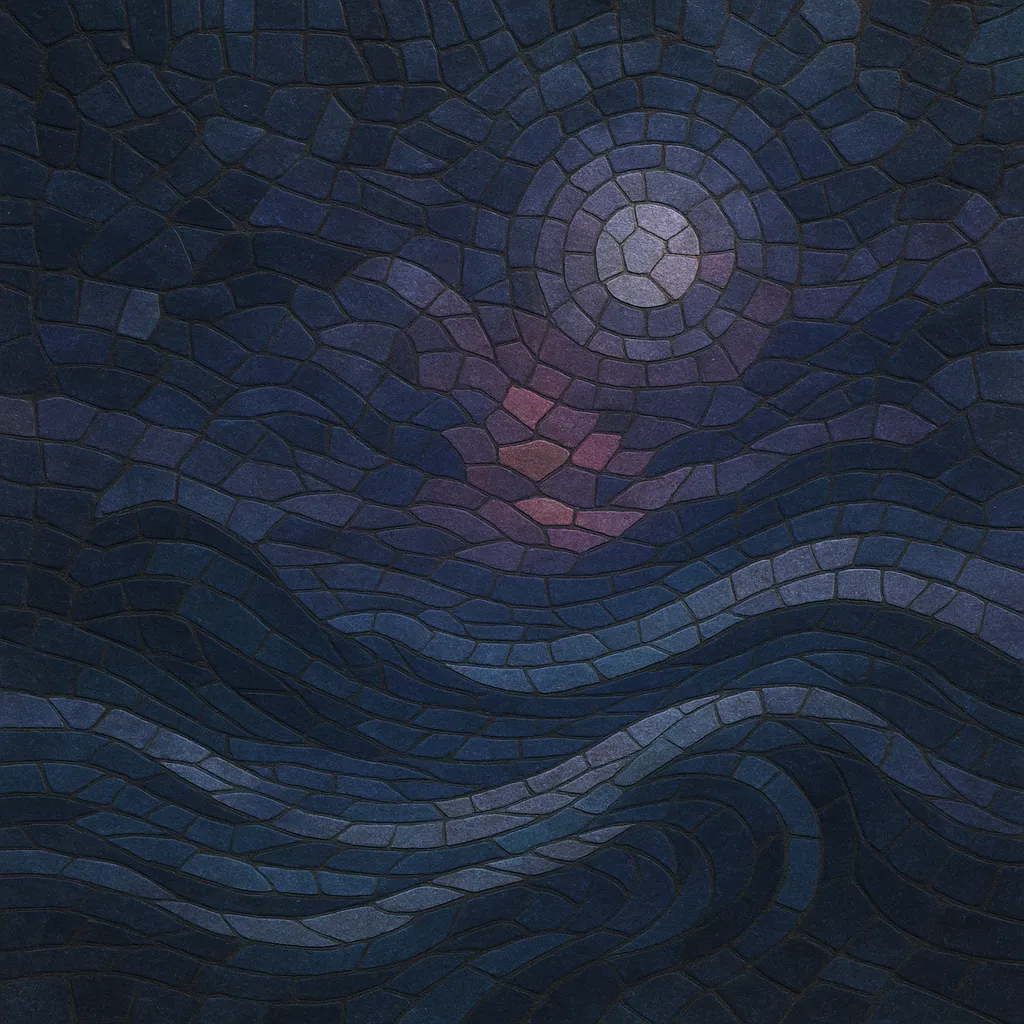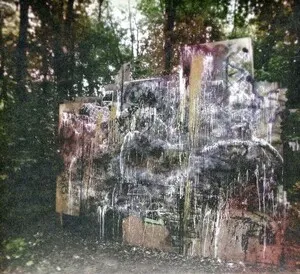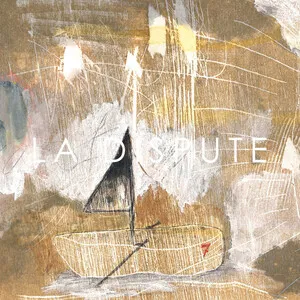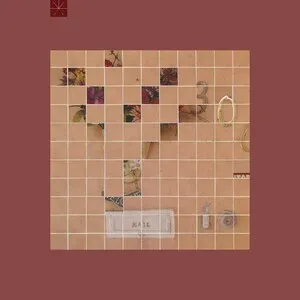The Wave is an internet-born electronic micro-genre that blends half-time trap rhythms with the atmospheric depth of ambient and post-dubstep. It is typically spacious, cinematic, and melancholic, using wide pads, airy textures, and emotive, reverb-soaked melodies.
Producers favor minimal, half-time drum patterns around 140 BPM, 808 sub-bass glides, and shimmering leads or vocal chops that drift through the mix. The overall effect is dreamy yet weighty—equal parts introspective headphone music and late-night club catharsis.
The Wave emerged online in the mid-2010s, largely centered around the UK but quickly developing as a transnational SoundCloud movement. Early champions and communities coalesced around platforms such as SoundCloud, YouTube, and Rinse FM shows, with labels and collectives shaping a shared aesthetic. Artists drew on the UK bass continuum, trap’s half-time drum language, the atmospheres of ambient and post-dubstep, and the eerie, detuned mood of witch house.
Collectives and labels like Wavemob and later Liquid Ritual, along with podcasts and channels such as vibe.digital, helped codify the sound and give it a recognizable identity. Radio support from tastemakers (including wave-focused mixes and Rinse FM features) legitimized the scene, while club nights and pop-up events connected an otherwise internet-native community in physical spaces.
Producers prioritized mood and space: reverb-laden pads, melancholic motifs, and sub-bass glides became signatures. The drums remained skeletal but impactful, inspired by trap and dubstep frameworks while avoiding maximalism. This approach attracted producers from across Europe, North America, and beyond, each contributing regional nuances while maintaining the genre’s core emotive palette.
In the late 2010s and into the 2020s, The Wave influenced a more forceful offshoot often dubbed hardwave, which introduced trance-inflected leads and heavier, festival-ready drops. Simultaneously, adjacent styles like vaportrap adopted aspects of The Wave’s mood and sound design. Despite these evolutions, the original style continues to thrive as a deeply atmospheric branch of the online bass music ecosystem.








